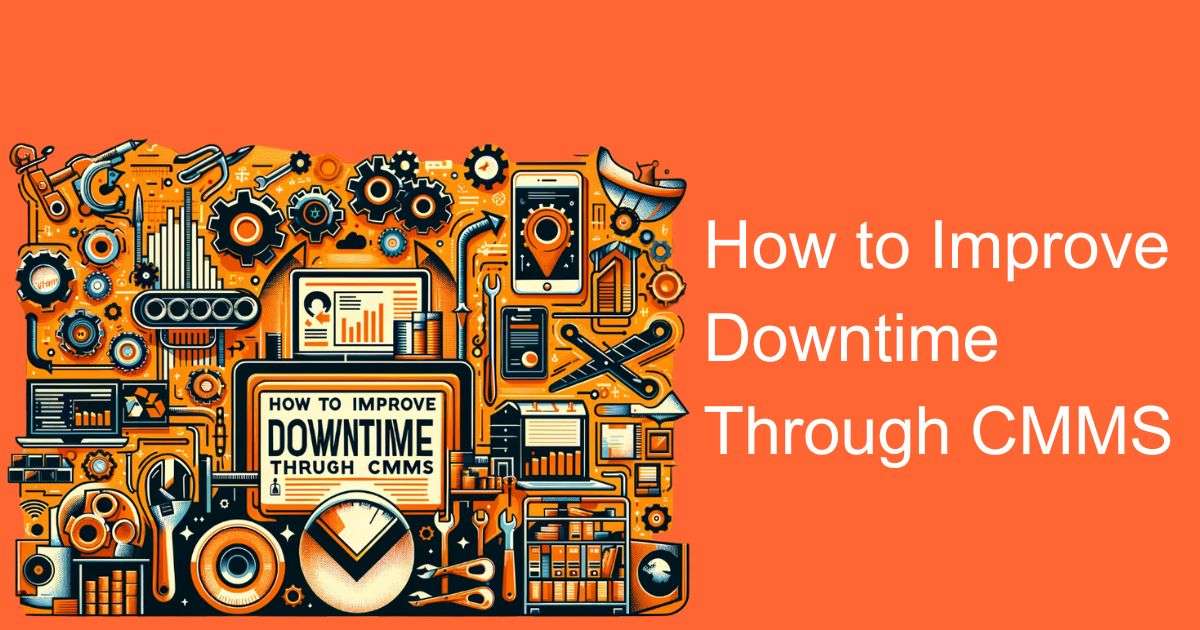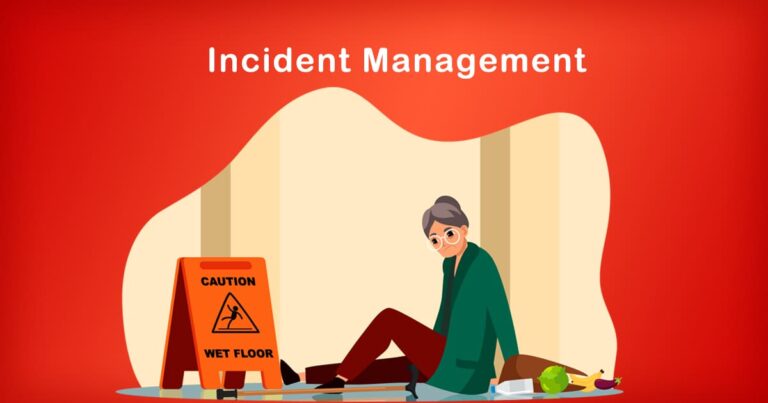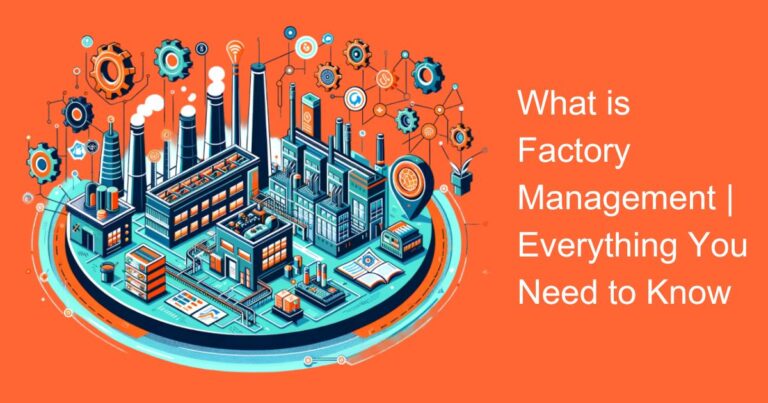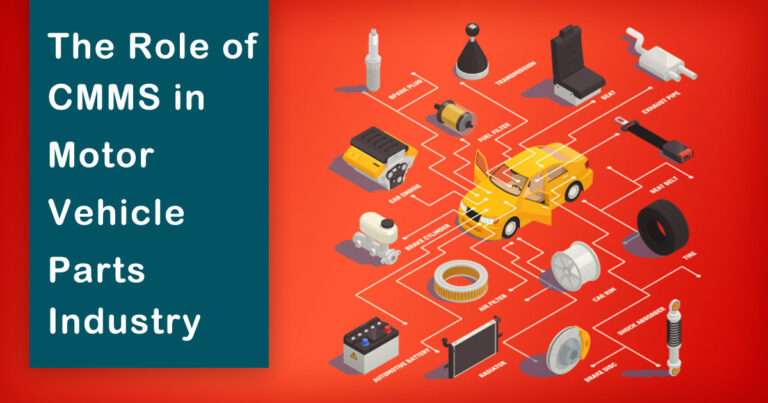Introduction
Facility management is an integral part of maintaining the infrastructure and operations of any organization. In India, where diverse industries flourish, efficient facility management is paramount. Computerized Maintenance Management Systems (CMMS) have emerged as a crucial tool for streamlining facility management processes. In this blog, we will delve into the how to improve facility management through CMMS and explore how it can significantly enhance facility management practices in the Indian context.
Understanding Facility Management in India
Facility management in India encompasses a wide range of responsibilities, from ensuring the upkeep of commercial buildings, manufacturing facilities, and healthcare centers to managing utilities, safety compliance, and resource optimization. The country’s rapid economic growth and urbanization have led to an increased demand for efficient facility management solutions.
Challenges in Indian Facility Management
- Diverse Facility Types: India boasts a diverse landscape of facilities, from traditional office spaces to complex manufacturing plants. Managing such diverse facilities can be challenging.
- Regulatory Compliance: Adhering to various local, state, and national regulations, particularly in sectors like healthcare and industry, is a complex task.
- Resource Optimization: Efficiently utilizing resources like energy, water, and personnel is crucial to cost-effectiveness.
- Maintenance Management: Preventive and corrective maintenance is essential to ensure the longevity and functionality of equipment and infrastructure.
- Documentation and Reporting: Maintaining accurate records and generating reports for compliance and performance analysis can be time-consuming.
Enter CMMS: The Game Changer
CMMS is a software solution designed to streamline and optimize facility management processes. In the Indian context, CMMS can revolutionize facility management in the following ways:
- Centralized Management: CMMS centralizes all facility data, making it accessible from a single platform. This is particularly advantageous for organizations with multiple locations in India.
- Customization for Local Needs: A good CMMS can be customized to meet the unique requirements of different industries and regions within India, ensuring compliance with local regulations.
- Preventive Maintenance: CMMS automates preventive maintenance schedules, reducing downtime and minimizing costly breakdowns.
- Energy Efficiency: With energy costs on the rise in India, CMMS helps track and optimize energy consumption, contributing to sustainability and cost savings.
- Regulatory Compliance: CMMS can be programmed to track and ensure compliance with local and national regulations, reducing the risk of non-compliance penalties.
- Inventory Management: Efficiently managing spare parts and inventory is critical for reducing downtime, and CMMS can provide real-time insights into stock levels.
- Performance Analytics: CMMS generates detailed reports on facility performance, helping organizations make data-driven decisions and allocate resources more effectively.
Implementation Challenges
While the benefits of CMMS are evident, successful implementation in India can face challenges such as initial costs, employee training, and resistance to change. However, the long-term advantages in terms of efficiency, cost savings, and compliance make CMMS a worthy investment.
Conclusion
In the ever-evolving landscape of Indian facility management, CMMS is the beacon of efficiency. By streamlining processes, ensuring compliance, and optimizing resources, it paves the way for cost-effective and sustainable operations. In conclusion, adopting CMMS is not just an option; it’s a necessity for organizations looking to excel in facility management amidst India’s dynamic business environment. With the increasing complexity of facility management in India, CMMS emerges as a tool that can drive success and growth in a highly competitive landscape. So, embrace the future of facility management in India with CMMS and unlock the true potential of your organization.








